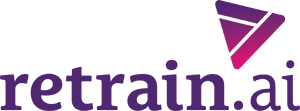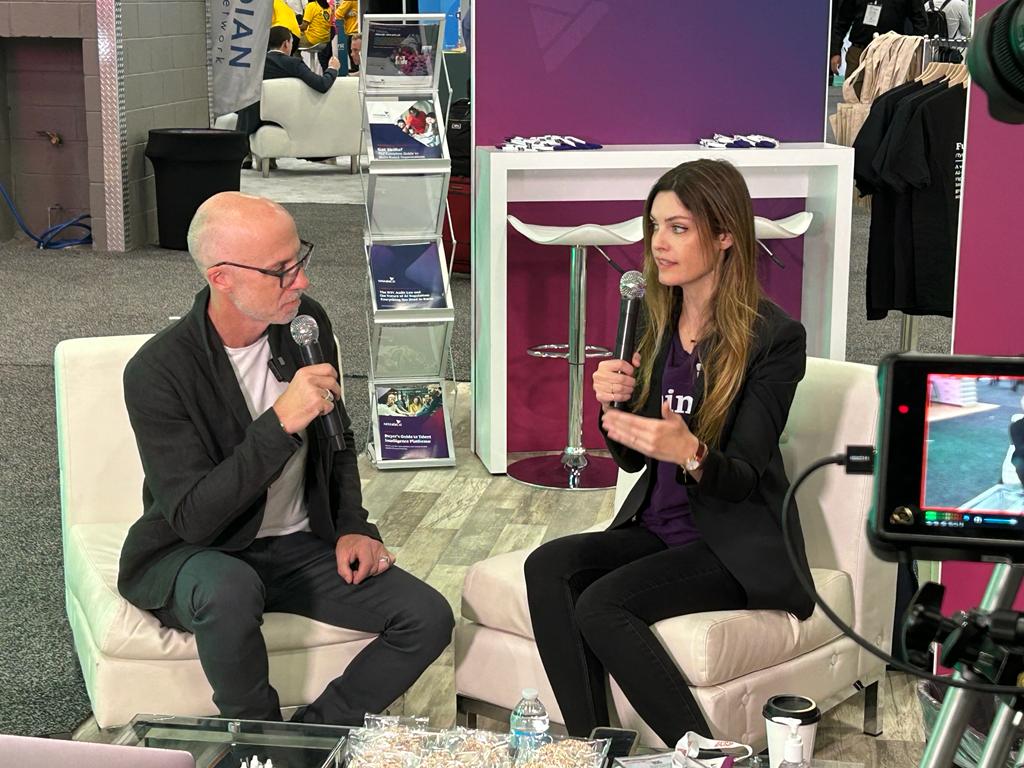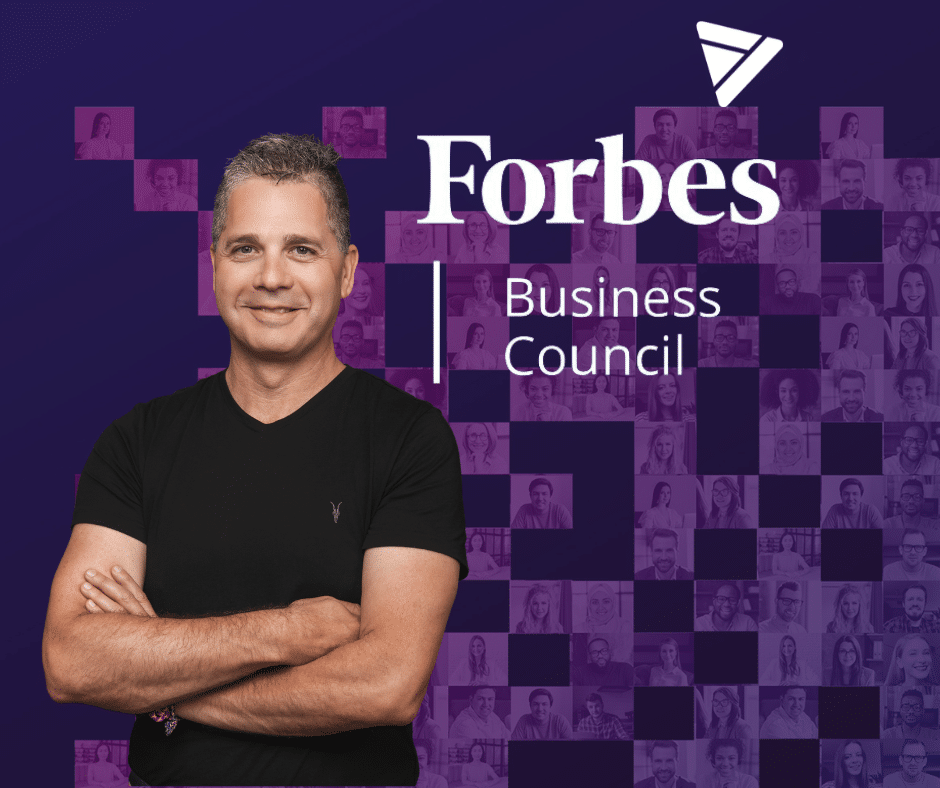Welcome to part two of excerpts from our conversation with Yael Rotem-Sher, Organizational Development Manager, and Ifat Alfasi, Head of Learning and Development, Maccabi Healthcare Services. In this post, we’ll focus on skills development and career-pathing. If you’re not caught up on part one, you can read about the keywords approach in our previous post, and for a deeper dive check out our Skills Extraction whitepaper to learn how semantics, not keywords, are the ROI differentiators.
If you’re interested in viewing the vidcast in its entirety, you can do that here.
How do you view the recent focus on skills-based talent acquisition, talent management, and L&D?
In the past, or in some cases still, most organizations look at career management in terms of jobs. You go from job to job to job to job. Nowadays, we look at this through a different lens–a skills lens. Which skills are required for multiple jobs, and can also be beneficial in other things? And for your specific job, which skills do you need to be able to continue doing it? We’re looking at everything from a 3D perspective. Not just, “here’s the job, and here’s the ladder” that we were used to. It’s a much more complex climbing wall.
Building on the climbing wall idea, we wanted to give employees more tools to be in charge of their own career paths and to strengthen their employability. The first way we do that is by moving people within the organization, giving people different roles. The second is focusing on learning–personal and professional development. Maccabi has some amazing projects that enable employees to experiment with managing a project from start to finish, not as part of your job, but as a separate project. This gives them experience and skills that contribute to their value as an employee in our organization–and outside of it. Today it’s not a bad word to think of your value both in and out of your organization.
How does Maccabi build on that idea to help employees grow from skills development to career-pathing?
When we look at learning & development for an employee, we first focus on specific skills: Which skills should be strengthened? Which skills should you invest time in as you build your career path? The process isn’t immediate gratification–it won’t give employees available positions immediately. Our aim is that it will help us with long-term planning. If as an employee I’m in point A, I’ll set point B and point C as my goals. Then I’ll plan my way there: These are the areas I should move forward to that match my skills. Which other skills do I need to upgrade and work on?
In practice, we want to create a visual marketplace; a website, or page on our website where our employees can go through retrain’s intake process, then click on jobs they find interesting, get to the landing page of our recruitment department and see available positions. If the position they fit into isn’t available now, maybe it will open up six months or a year from now. In the meantime, they can see which skills to work on and enter our online learning system to see L&D opportunities curated by retrain.ai’s system. It’s an image of the future.
It’s a lot of work to create this but this is our goal– to give our employees and our managers the ability to plan their climbing wall strategically, based on skills. It’ll come into play in feedback and evaluation talks, employees will be more career-oriented and many parts of the organization will work with the recruitment department. And wow, the sky is the limit with this process.
How does the marketplace look from an employee perspective? From an organizational perspective?
At the end of the day, it’s like an employee’s navigation tool–like Waze for the career world. They are able to use the tool based on their skills, their wants and aspirations, combined with the current market demand and their company’s goals. They can enter the portal, see existing options, see whether–or when–they’re available and in essence take the wheel on steering their career. If they see a role they like, they can upskill for it by purchasing courses. For example, if you want to become a data analyst, you must learn python; here are relevant python courses. You don’t need to get confused by the variety. It’s a win-win for the organization and the employee.
From the business side, retrain.ai gives our organization the ability to generally map and detect the low-skill vulnerabilities to see where we need to develop. It can give sectorial maps, geographical and regional maps– it betters our organizational vision.
For example, ‘analyst’ is a growing profession all over the world including within Maccabi. We need more and more people skilled in this field. So if I plan to develop an analyst program, I’ll use this system and it will tell me who has the right skills and potential to become a data analyst. Then, I can very quickly pick them without a huge process of mapping out people. Based on that, I can also plan for the needs of the recruitment department. It opens a lot of opportunities and potential.
retrain.ai is an AI-powered matching engine already prepped for the future. Structured first and foremost around Responsible AI, our talent intelligence platform connects the right talent to your open roles and career pathways by tapping into their skills, capabilities, and aspirations, making sure you reduce attrition and retain the right talent. To see it in action, request a demo.










